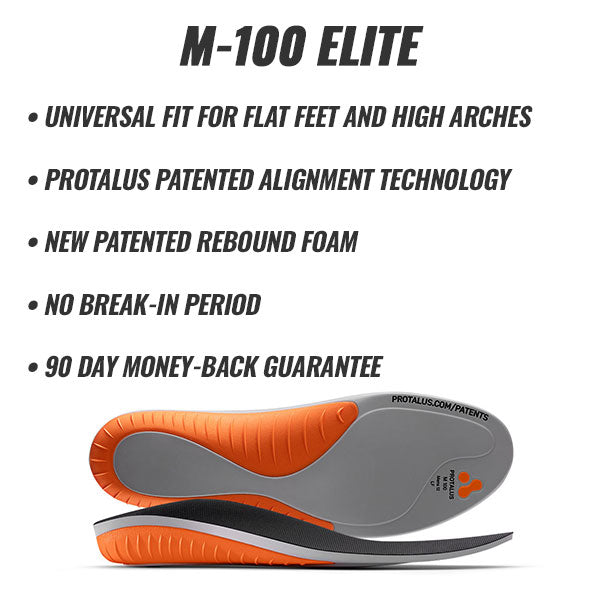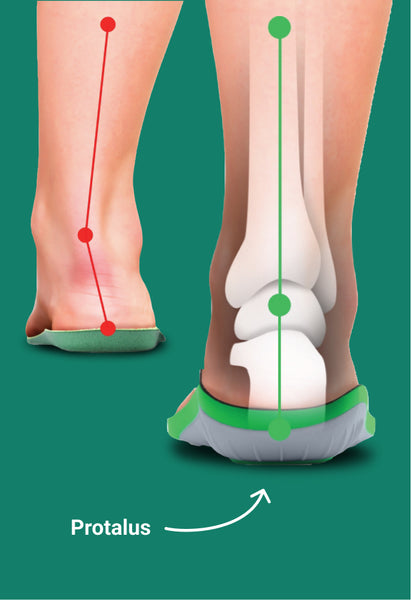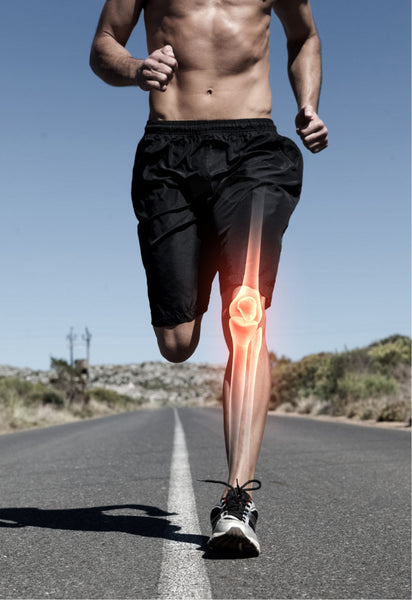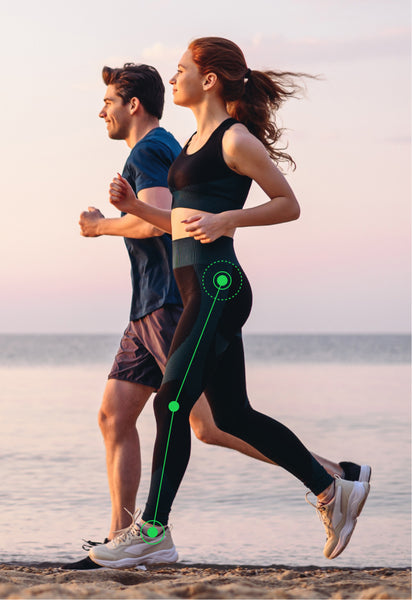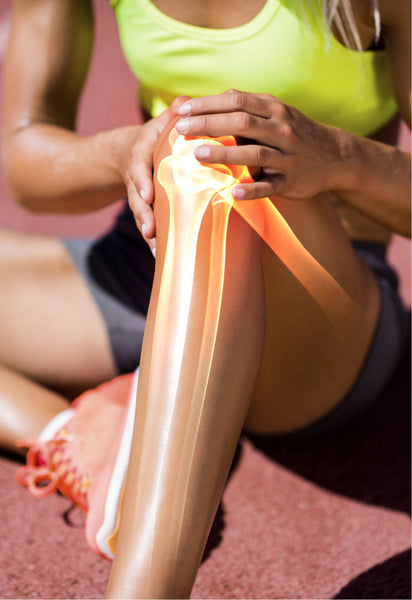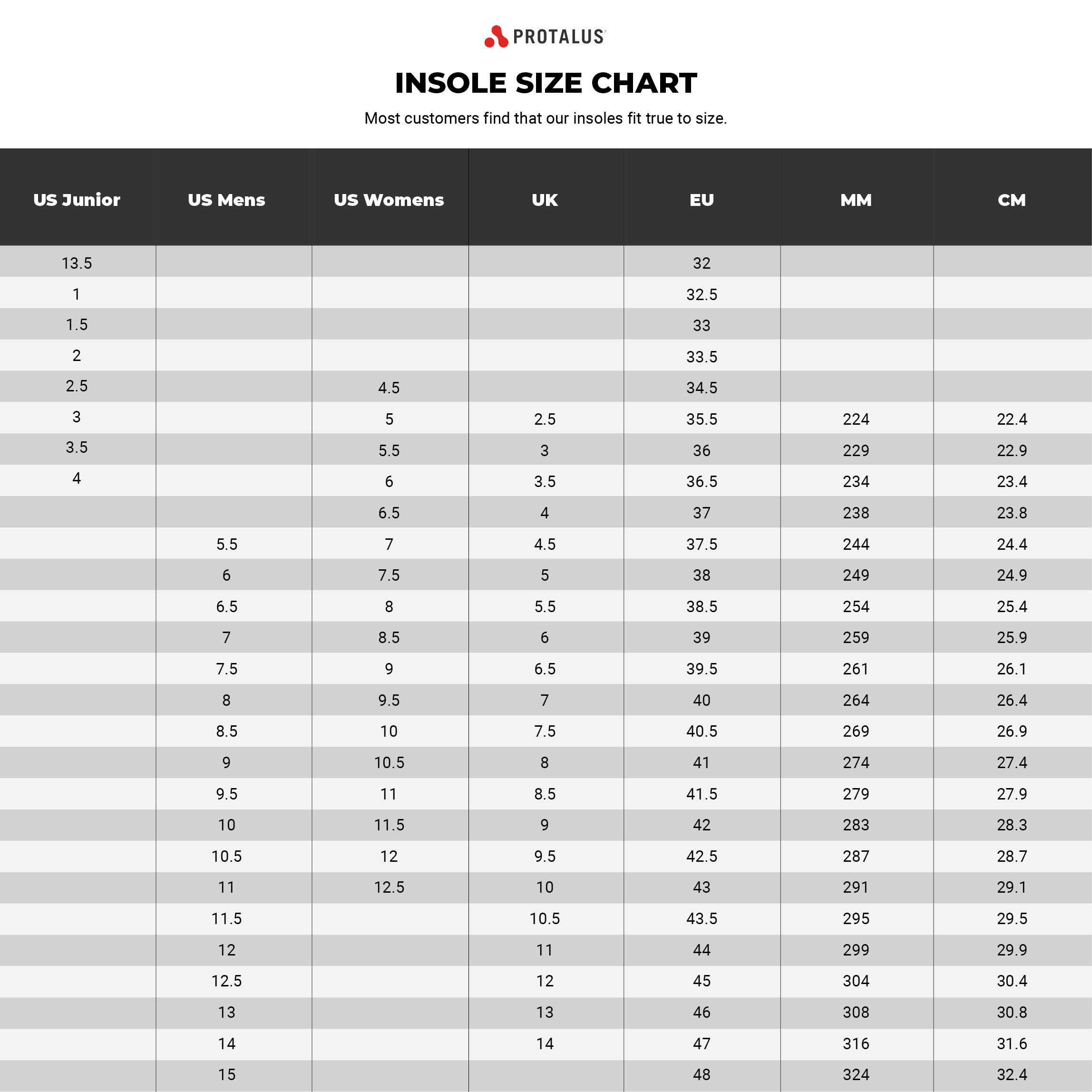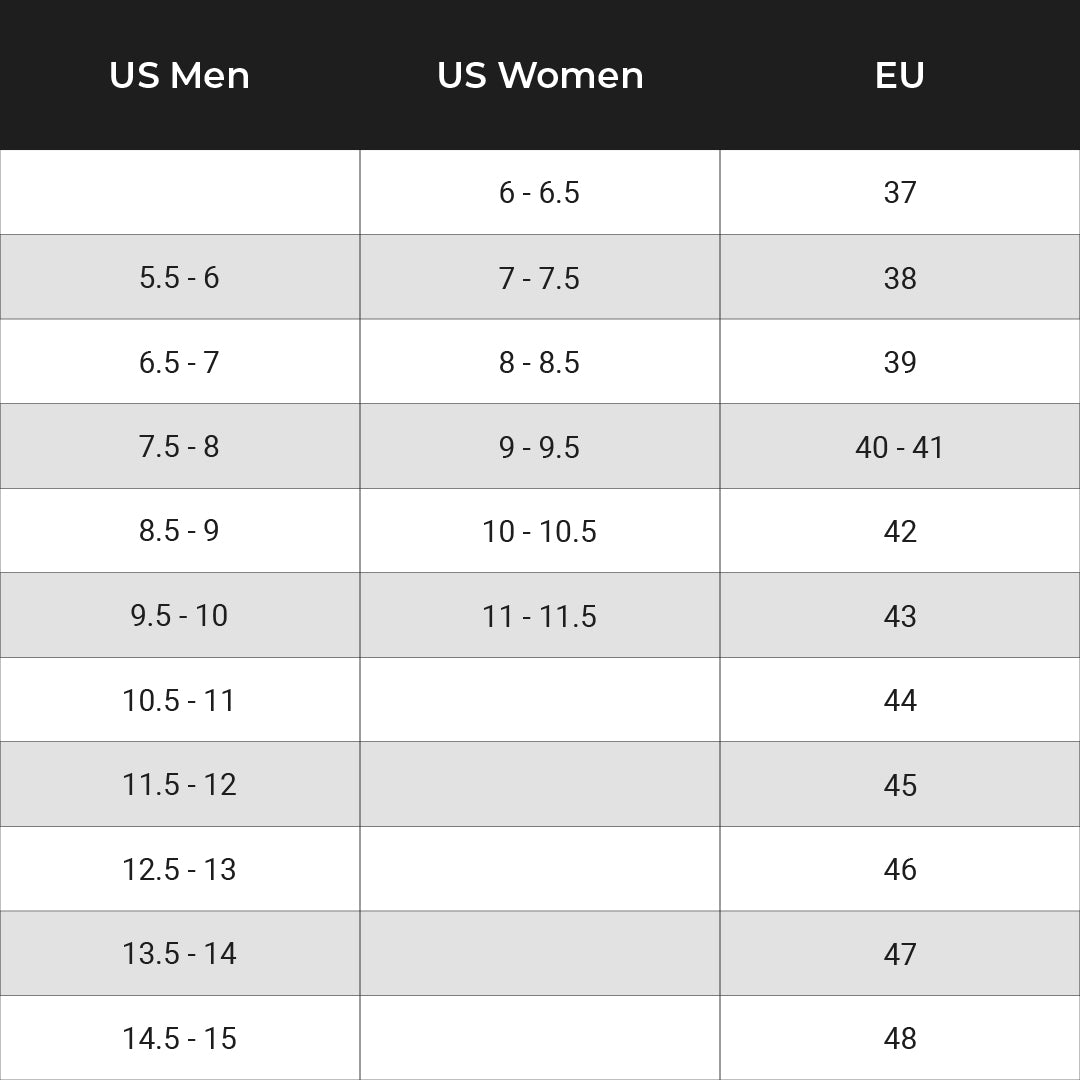Benefits of a Brisk Walk

If you're like a lot of us looking for a cheap and easy daily exercise, you my have considered running. The very idea of being one of those fit, spandex-clad neighborhood warriors has a certain draw to it. Running is an obvious choice because it doesn't require a lot of equipment, or adhering to a class schedule, and its a good, full body workout. However, running can be intimidating to someone who hasn't hit the pavement for a while and the high impact of running can be rough for someone with previous injuries to their knees or hips.
Great news! According to the Mayo Clinic, if you can manage a brisk walk, you can see a real improvement in your health and fitness. A brisk walk can help you control your weight, prevent or manage high blood pressure, type 2 diabetes, and heart disease, improve your balance, and strengthen your bones.
When going for a walk, remember to pay attention to your posture, keeping your head up with relaxed shoulders. At a brisk pace you can burn between 100 and 300 calories in just half an hour. If you make it for more than thirty minutes without breaks you will enter the fat burning zone. Take it easy at first though, and work your way up to a pace and time that feels comfortable.
If you live in an area that has unpleasant weather for large periods during the year, you can drive to your local indoor mall, indoor track, or large box store and take a few laps around the perimeter. Build some accountability into your new plan asking a friend to join you or even a group of friends. There are also a lot of apps out there that can help you track your progress. Runkeeper is a popular app because you can track your pace, see how far you've gone, and compare your times to previous outings.

Depending on your level of comfort, walking can be a real challenge for a lot of people. If you have relatively new shoes and still feel discomfort when going out for some low impact exercise, the problem may have something to do with the alignment of you kinetic chain. Check with a doctor to make sure you are healthy enough to begin a new exercise routine and check that your shoes insoles are providing the support you need. You can use the Protalus Insole Finder to find the perfect fit for you. Any movement is better than no movement and even a short walk, done consistently, will have you feeling good and on the road to a fitter you!
Sources: “Walk Your Way to Fitness.” Mayo Clinic, Mayo Foundation for Medical Education and Research, 27 Feb. 2019, www.mayoclinic.org/healthy-lifestyle/fitness/in-depth/walking/art-20046261.
Bumgardner, Wendy. “How Much Should You Walk to Lose Weight?” Verywell Fit, Verywell Fit, 6 May 2019, www.verywellfit.com/how-long-should-you-walk-to-lose-weight-3432706.
Recommended Posts
Saying Goodbye to Leg and Foot Pain: The Power of Insoles
by Anna Heston • February 27, 2020Kick leg and foot pain to the curb with the proper shoe insoles! Discover relief now!
How Plantar Fasciitis Sufferers Find Comfort with Insoles
by Anna Heston • February 27, 2020Say goodbye to leg & foot pain! Insoles like Protalus T-100 offer relief, support & comfort.
Flat Feet: What It Really Means for Your Feet and Body
by Anna Heston • February 27, 2020Flat feet? Discover the challenges and relief with Protalus insoles! Say goodbye to pain, improve stability, and boost performance. Read more!







